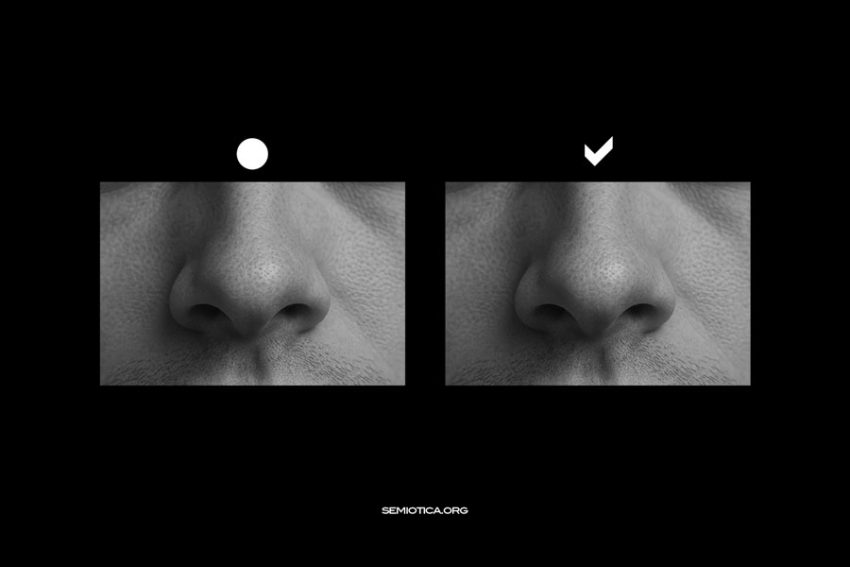In Semiosis and Human Understanding, John Deely recalls that the very possibility of semiotics as a discipline—what he calls doctrina signorum—appeared only “late in the 4th century AD,” when Augustine of Hippo formulated, for the first time in recorded thought, a general notion of sign that embraced both nature and culture.
According to Deely, Augustine proposed that “a sign is anything, natural event or cultural artifact matters not a whit, that, upon making an impression on our senses, brings along with that impression something other than itself into our awareness.” This definition—signum est quod praeter species quas ingerit sensibus aliquid aliud facit in cognitionem venire—was revolutionary precisely because it ignored the traditional boundaries that Greek philosophers had always drawn between natural phenomena and human artifacts.
Deely emphasizes that Augustine, in developing his idea “largely in ignorance of the Greek language,” was unaware that he was “launching an intellectual revolution.” In Greek philosophy, “the notion of signs had been restricted to phenomena of nature—such as smoke telling us of something burning, symptoms of illness revealing some particular malady, or milk in a woman’s breasts being a sign of child-bearing.” While “language of course was recognized as a symbolic system,” the Greeks had never conceived semiosis as “the underlying commonality enabling animals to recognize developments in culture no less than in nature.”
For this reason, Deely recalls Umberto Eco’s striking remark that “in ancient Greek philosophy… there is no general notion of sign. Language in particular is not thought of as a system of signs.” When he first heard this claim in Eco’s 1983 lecture at Indiana University, Deely confesses that it was “hard to believe—so much so, in fact, that had it not been coming from someone of Umberto’s stature I don’t think I would have believed it.”
The philosophical import of Augustine’s innovation, Deely concludes, lies in the discovery that “being a sign” transcends the nature/culture divide. The decisive point is not the sensible impression itself but “the relation that is the heart of the matter, the relation whereby something other is made present in awareness.” Even if Augustine “did not quite get” this last consequence, his definition made it possible for semiotics to emerge centuries later as a coherent science of signs—“something,” Deely writes, “as obvious as wheeled luggage, but unthinkable before its invention.”
Bibliographic reference: John Deely, Semiosis and Human Understanding, in Semiotics and Its Masters, Vol. 1, De Gruyter Mouton.
